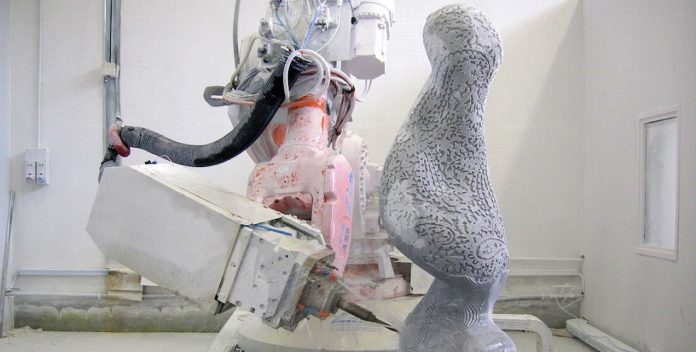“Every block of stone has a statue inside it, and it is the task of the sculptor to discover it,” Michelangelo reputedly said five centuries ago.
Like most great classical artists, Michelangelo had apprentices who helped bring his visions to life. Today, some modern sculptors are inspired by the same materials as the Florentine master, but their assistants are less prone to error or fatigue—because they’re robots.
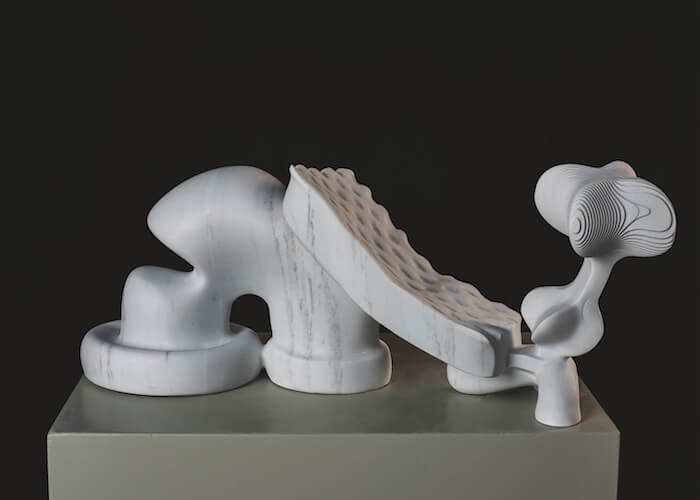
Stone carving and sculpture are fairly obvious applications for robots—computer numerical controlled (CNC) gantry-cutting devices, to be more precise. For decades, robots have been able to re-create virtually anything humans can design or make, only faster, more precisely, and less expensively.
For the Digital Stone Project, a nonprofit organization that connects artists with digital-design engineers and robotic stonework fabricators, the more interesting challenge is pushing the boundaries of automated stone-carving systems. The resulting artwork benefits from the imagination-stretching capabilities of digital-design software, as well as the precision of robotic drilling and chiseling.
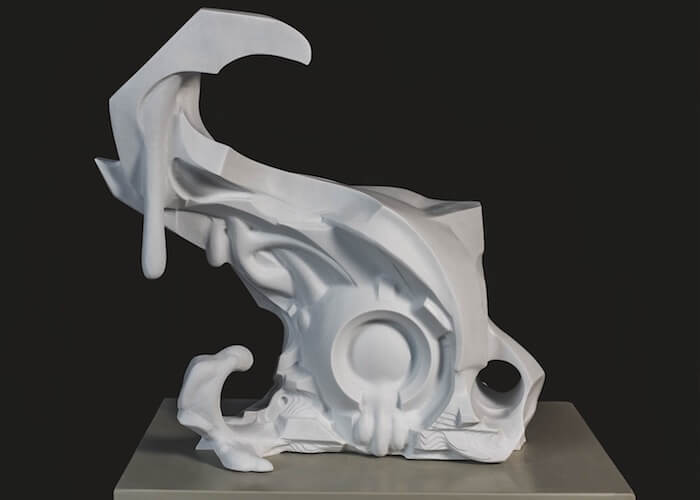
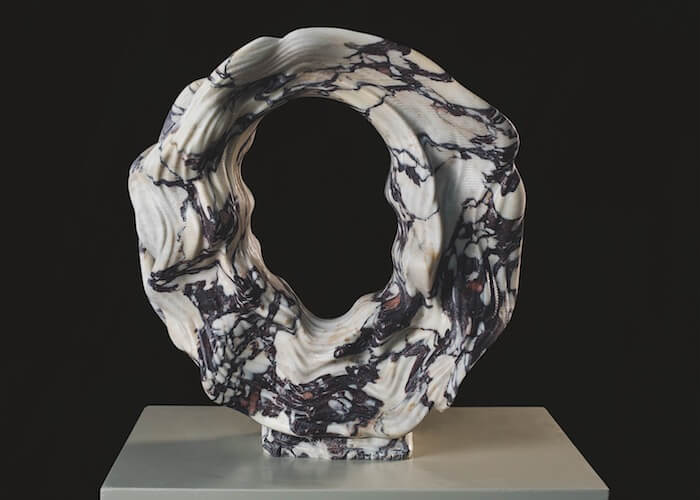
“The robot just does what the 3D-design document tells it to do,” says Jon Isherwood, a sculptor who founded the Digital Stone Project in 2003. “It’s like being the master of the traditional studio where assistants do all the rough work—only better because the robot just does whatever you tell it to do and doesn’t take breaks. What an amazing assistant!”
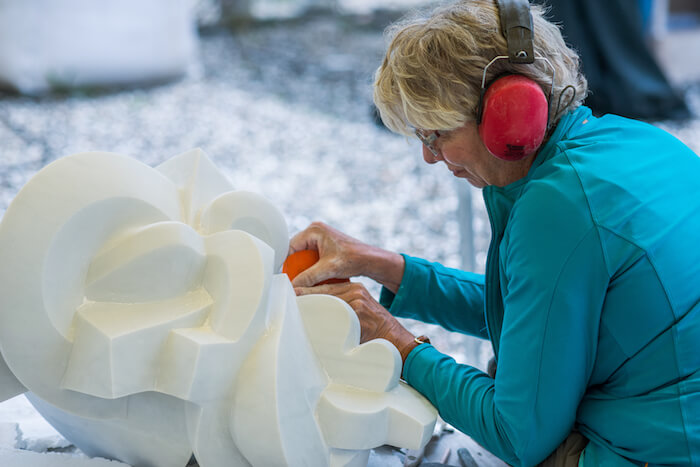
Automation also accurately estimates the length of the fabrication process. “You have a better idea of your project’s economics than you ever would working by hand with human assistance,” Isherwood says.
But beyond the practical, the Digital Stone Project aims to discover what the software and robots can produce uniquely. “A Michelangelo, working in the 16th century, would use steel-forged tools like flathead chisels, points, and so forth, which would produce a certain surface,” Isherwood says. “A good example is Michelangelo’s slaves at the Accademia Gallery in Florence, where you can see the finely carved against the rough-carved surfaces. The robotic process is a removal process with a spinning head that moves across the surface. Artists and architects are beginning to embrace that and explore what it can do.”
In 2005, the Johnson Atelier (founded by sculptor Seward Johnson of the Johnson & Johnson empire) in Hamilton, New Jersey, decided to sell its stone division. Isherwood raised funds to buy out the foundation’s stake and, with a group of five sculptors, founded the Digital Stone Project to let artists continue to explore carving stone with digital technologies at a low cost. Their not-for-profit board ran the facility, providing services until 2011, when Isherwood refocused the mission solely on running artist’s workshops.
That left Isherwood without the infrastructure for digital design and fabrication. For that, he turned to the birthplace of the marble sculpture tradition: the mountains of Tuscany. Isherwood established a relationship with Garfagnana Innovazione, a company with the necessary technical depth and production capacity.
Garfagnana is based in Gramolazzo, less than 90 minutes from Carrara, the source of the white or blue-gray marble prized in classical architecture and sculpture since the Roman era. Garfagnana was founded in 2011 to provide digital fabrication for architectural stonework. Italy is still the source of much of the world’s finest marble and boasts a substantial industry producing machine-milled ornamental stonework. Digital design and robotics are relatively new in that industry.
Since 2013, Garfagnana has provided engineering, machinery, and materials—including robotics and scanning technology—for the Digital Stone Project.
“The artists send us physical or digital models, and we translate them into designs in our software and do the actual fabrication,” says Lorenzo Busti, programmer/technician at Garfagnana. Although the engineers typically work from 3D computer-aided design files, they can 3D scan a physical model and scale it to the artist’s requirements.
Garfagnana’s robots work on marble blocks about 1 square meter by 2 meters high (approximately 10.7 square feet by 6.5 feet high)—large enough to fashion a human figure. That’s about 6 tons of stone. Fabrication of a reasonably complex sculpture takes about four weeks. “For sculptors working in the traditional way by hand, that kind of project would take 10 or 11 months,” says Gabriel Ferri, a programmer of Garfagnana’s scanning and cutting software.
The carving typically proceeds in two stages, each managed by a separate program. Staging the process this way lets operators change the diamond-cutting tools as they wear out at predictable intervals or swap tools to apply specific edges. Marble is relatively soft compared to granite, which wears out cutting tools three times as fast as marble.
Using robotics could expand the market for architectural and ornamental stonework, making it available beyond its current luxury clients, Busti says. Designers could even have machines mass-produce the David or Pietà.
Source: www.autodesk.com – www.oryktosploutos.net

